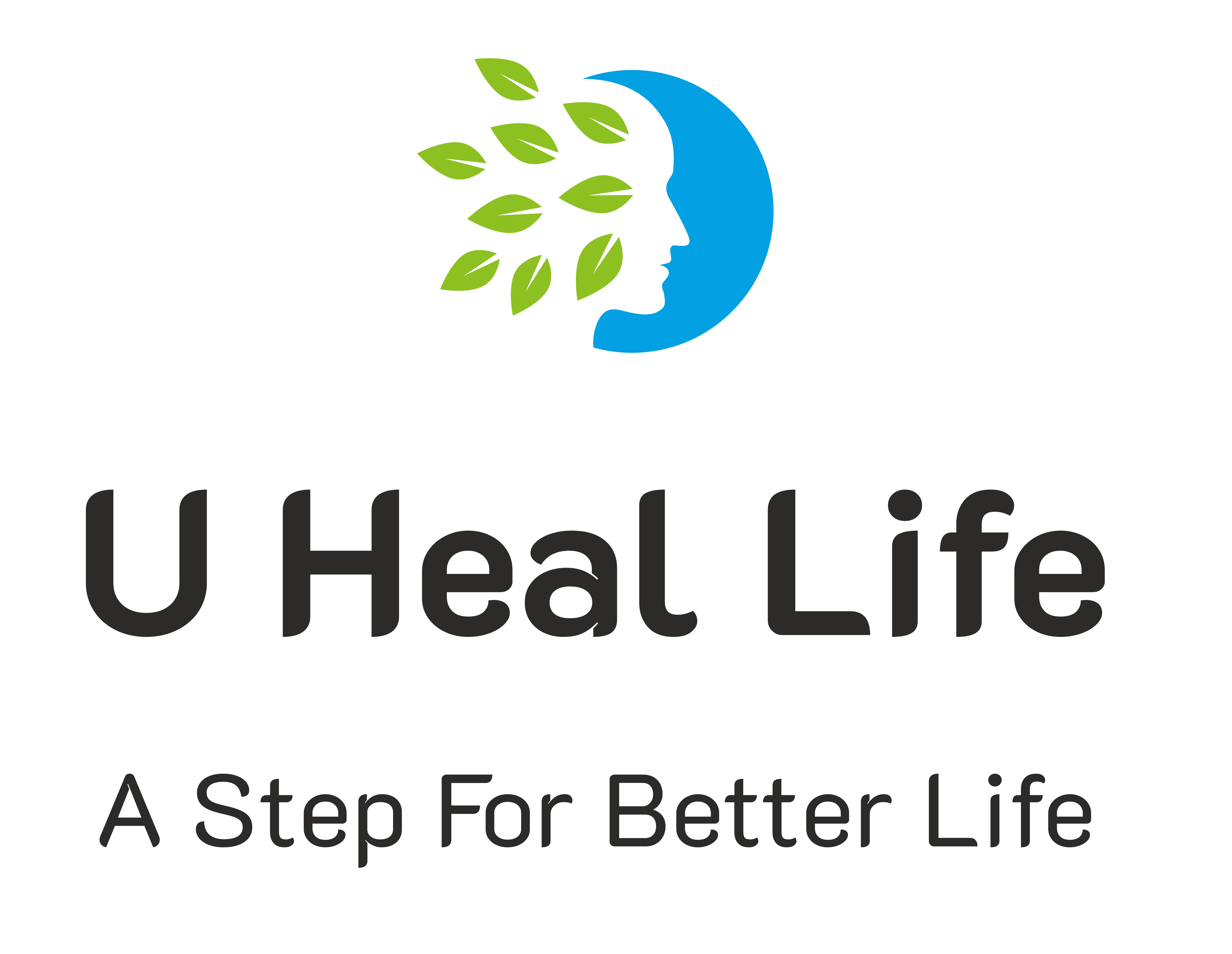How to Remove Dark Spots and Pigmentation Naturally – Fastest Remedies for Women
Dark spots and pigmentation can affect anyone, but women are more prone due to hormonal changes, sun exposure, and skin sensitivity. The good news? You don’t need expensive treatments to restore your natural glow. In this blog, we’ll cover natural, effective, and fast remedies to remove pigmentation and treat dark spots, all from the comfort of your home.

What Causes Dark Spots and Pigmentation?
Before diving into the solutions, it’s important to understand what causes pigmentation:
- Sun Exposure (UV damage)
- Hormonal Changes (like melasma during pregnancy)
- Acne Scars
- Aging
- Skin Injuries or Inflammation
Top 7 Natural Remedies to Remove Pigmentation and Dark Spots
1. Lemon Juice and Honey Mask
- Why it works: Lemon contains vitamin C which lightens skin; honey has antibacterial and moisturizing properties.
- How to use: Mix 1 tsp of lemon juice with 1 tsp of honey. Apply to the affected area for 15 minutes, then rinse with lukewarm water.
- Frequency: 3–4 times a week.
2. Aloe Vera Gel
- Why it works: Rich in aloin, a natural depigmenting compound that lightens skin.
- How to use: Apply fresh aloe vera gel directly on dark spots before bedtime.
- Frequency: Daily.
3. Potato Juice
- Why it works: Contains catecholase, an enzyme known to brighten the skin and remove dark spots.
- How to use: Grate a raw potato, squeeze out the juice, and apply it using a cotton pad.
- Frequency: Twice a day.
4. Green Tea Extract
- Why it works: Loaded with antioxidants that reduce pigmentation.
- How to use: Steep a green tea bag, let it cool, and dab it on your skin using cotton.
- Frequency: Daily for best results.
5. Apple Cider Vinegar Toner
- Why it works: Contains acetic acid that gently exfoliates and fades dark spots.
- How to use: Mix equal parts of ACV and water. Apply with a cotton ball and rinse after 5–10 minutes.
- Caution: Always do a patch test.
6. Turmeric and Yogurt Paste
- Why it works: Turmeric has anti-inflammatory and brightening properties; yogurt exfoliates gently.
- How to use: Mix 1 tsp turmeric with 2 tsp yogurt. Leave on for 20 minutes and rinse.
- Frequency: 3 times a week.
7. Papaya and Honey Mask
- Why it works: Papaya contains papain enzyme that exfoliates and brightens skin.
- How to use: Mash ripe papaya and mix with 1 tsp honey. Apply and rinse after 15 minutes.
Best Natural Serum for Dark Spots – DIY Recipe
Create your own natural dark spot treatment serum at home:
Ingredients:
- 1 tbsp rosehip oil
- 5 drops of tea tree oil
- 5 drops of lemon essential oil
- 1 vitamin E capsule
How to use: Mix all ingredients and store in a dark glass bottle. Apply a few drops to your face every night.

💡 Pro Tip: Always apply sunscreen in the morning when using lemon or vitamin C-based treatments to prevent further pigmentation.
Lifestyle Tips to Prevent Pigmentation
- Wear sunscreen daily (SPF 30+)
- Stay hydrated and eat antioxidant-rich foods
- Avoid picking at acne or scabs
- Follow a consistent skincare routine
Final Thoughts
Removing pigmentation and dark spots naturally is possible with patience and consistency. These home remedies, combined with a good serum for dark spots and a clean lifestyle, can visibly brighten your skin. Start today, and your natural glow will shine through in no time!
FAQs
Q. How long do natural remedies take to work on dark spots?
A. Results vary, but most people notice improvement within 2–4 weeks with consistent use.
Q. Can I use lemon juice on sensitive skin?
A. It’s best to dilute it and do a patch test first. If irritation occurs, try aloe vera instead.
Q. Are these remedies safe during pregnancy?
A. Most are, but consult your doctor before trying new treatments during pregnancy.









